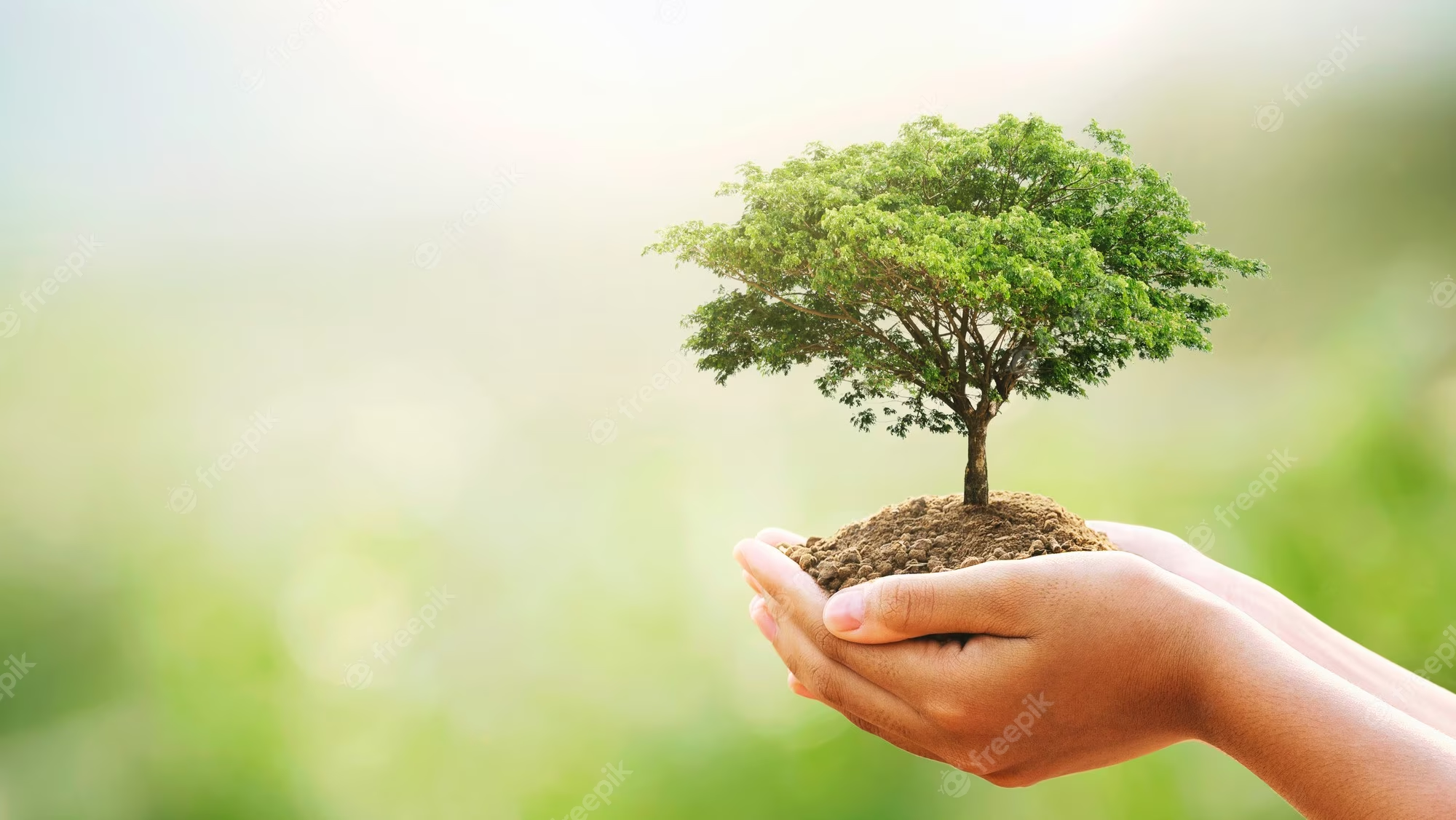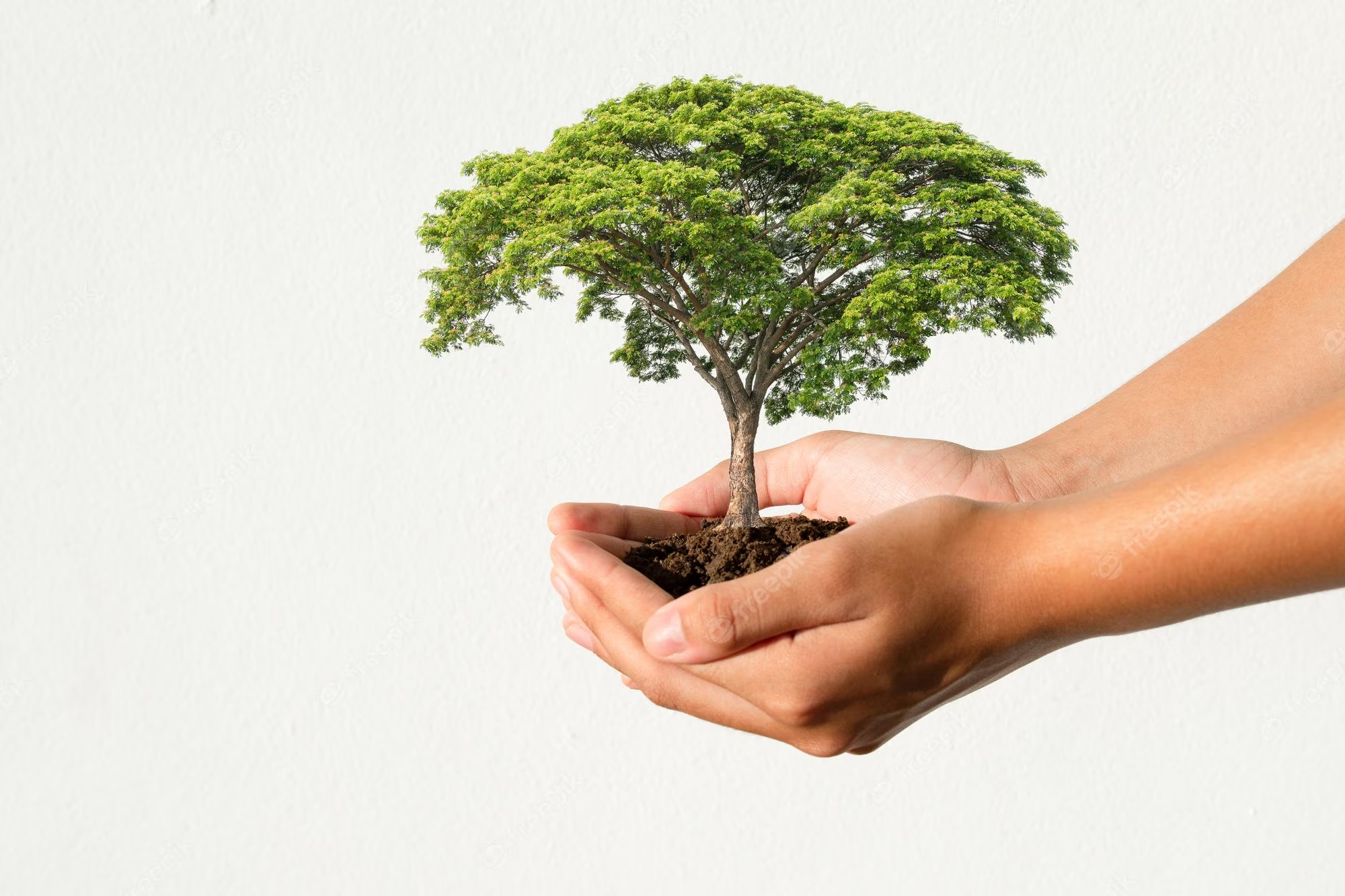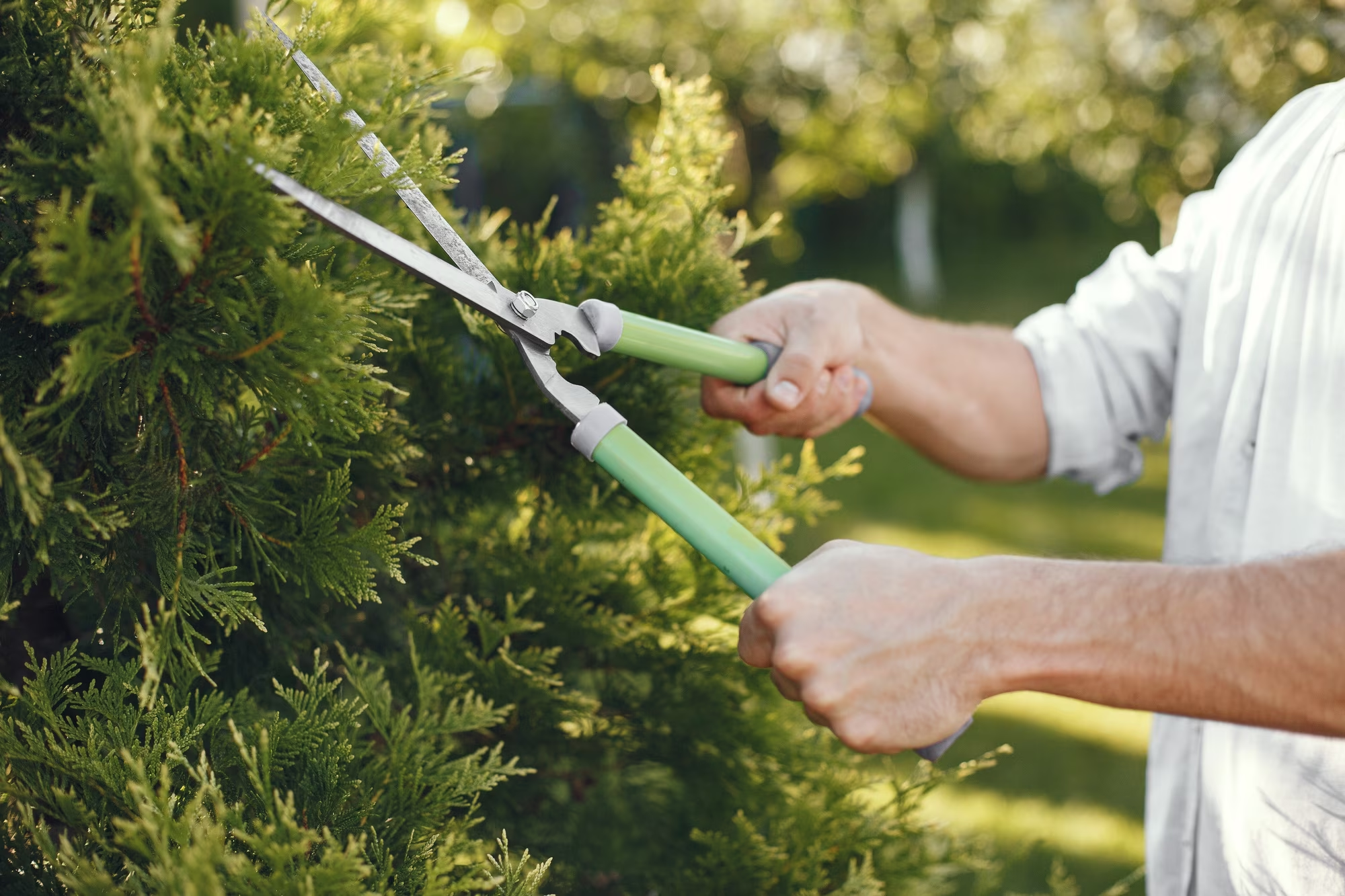As residents of West Valley City, we are privileged to witness a unique blend of seasons that impact our local tree life. Whether you're a gardening enthusiast or not, understanding tree pruning and its significance is crucial for maintaining the aesthetics and health of your trees.
Your Guide to Tree Pruning:
- Timing Matters: Understanding when to prune is essential. Pruning during the late fall or winter, when the tree is dormant, minimizes stress on the tree and reduces the risk of disease. Additionally, pruning during the dormant season promotes vigorous regrowth in the spring, allowing the tree to allocate energy efficiently towards new growth and development.
- Health Benefits: Pruning isn't just about aesthetics. Regular pruning helps prevent diseases and pests from infesting the tree. By removing dead or diseased branches, pruning improves air circulation and sunlight penetration, creating an environment that is less favorable for pathogens and pests to thrive. Proper pruning practices also stimulate the tree's natural defense mechanisms, enhancing its overall health and vitality.
- Tool Hygiene: Always clean your tools before pruning, and between each cut. This simple step can prevent the spread of diseases and pests. Disinfecting pruning tools with a solution of bleach and water or rubbing alcohol helps eliminate harmful pathogens that may transfer from one tree to another during pruning activities. Proper tool hygiene is crucial for maintaining tree health and preventing the introduction and spread of infectious agents.
- Prune with Purpose: Prune with a clear goal in mind, whether it's to enhance a tree's shape, remove dead or diseased branches, or increase air and sunlight. Avoid over-pruning. Before making any cuts, carefully assess the tree's structure and health, and prioritize the removal of problematic branches that pose safety risks or compromise the tree's integrity. Pruning with purpose ensures that each cut contributes to the tree's overall health and appearance, promoting balanced growth and structural stability.
- Consult Professionals: When in doubt, consult a professional. Incorrect pruning can harm your tree, so it's better to seek professional advice if you're uncertain. Certified arborists possess the expertise and knowledge to assess your tree's condition and recommend appropriate pruning techniques that promote optimal growth and health. Consulting professionals ensures that pruning activities are conducted safely and effectively, preserving the long-term health and beauty of your trees.
- Consider Tree Species: Different tree species may require different pruning techniques and schedules. Understanding the specific needs of your tree species ensures that pruning efforts are tailored to promote its health and vitality.
- Monitor Pruned Areas: After pruning, monitor the pruned areas for signs of stress, disease, or insect infestation. Promptly address any issues that arise to prevent further damage and promote the tree's recovery and resilience.
With the right knowledge and technique, pruning your trees can enhance their health and beauty. West Valley Tree Care specialists are always here to guide you!



